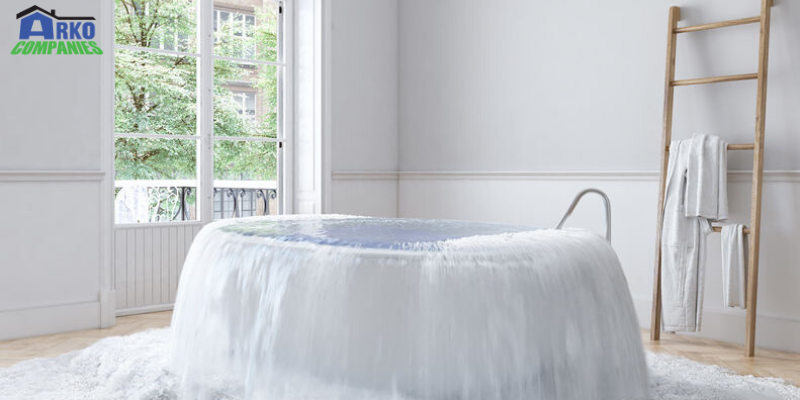Water mitigation/restoration is not so easy as many are led to believe; there are many factors that need to be considered in containing the damage done by water. Water damage can be compounded due to many factors including the source of water, amount of water, the size of the area affected and much more. If you do not want the cost of water restoration and repair activities to get out of control, you better act fast, as the longer you delay, expect the cost of restoration to go up!
1. Source of the Water:
The expense of plugging the water source will be contingent upon the materials in question. For example, substituting a bit of pipe is probably going to be less expensive than substituting your water heating appliance.
2. Measure of Water:
Removing and reorganizing a space after a little water hole is more affordable than a colossal flood. The volume of water is normally proportional to the magnitude of the damage.
3. Size of the Area Affected:
The size of the region is generally straightforwardly identified with the expense of water harm reclamation. A flooded basement is normally more costly to tidy up and reestablish than a dishwasher flood contained only in the kitchen.
4. Class of Water:
Water is classified by the degree of contaminants it contains. Clean water is okay, while grey water and dark water are increasingly hazardous and expensive to tidy up.
5. Period of time:
The more volume of water flooding a given space, the more prominent the harm. Things possibly should dry up within a couple of hours, yet similar materials should be substituted if the water stood logged for a considerable length of time.
6. Sort of materials involved:
The things and materials included will affect the expense. An incomplete cellar with only a couple of cardboard boxes is generally more affordable to reconstruct than a storm cellar with a home theater system.
7. Level of accessibility:
Certain spaces are harder to access than others, making them harder to keep spotless and dry than others. For instance, it’s a lot simpler to work on a kitchen than a crawlspace.
8. In the event that mold removal is necessary:
The class of water and the time frame for how long the water was stagnant can mean mold develops. The expense of cleanup will probably be higher if mold is present.
9. Measure of reconstruction:
Extricating and drying the water, as well as expelling harmed materials, will be less expensive than erecting new walls and wall-to-wall carpeting.
Wrapping up:
Cleaning up water damage can be a big job that requires a lot of time and effort. Water restoration work is a specialized industry and those who do it usually service an entire county or several counties.

